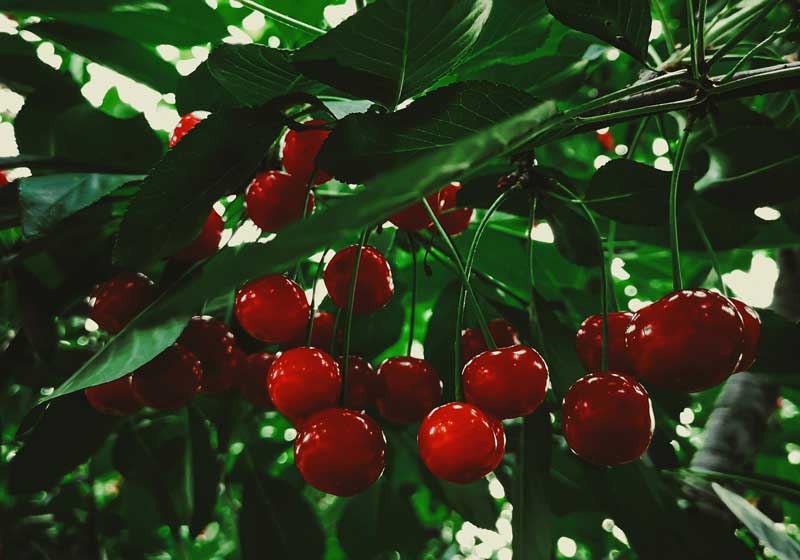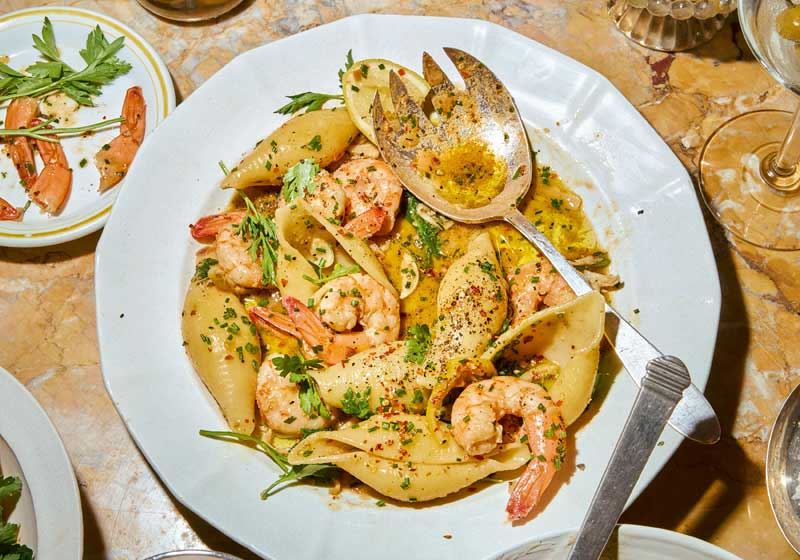In the world of vegetables, bitter greens are often overlooked in favour of milder, more familiar leaves - yet these sharp, peppery and sometimes intensely earthy greens bring an invigorating depth to dishes, along with a host of health benefits.
Across Australia, Chefs and home cooks alike are embracing the bold bite of these leafy powerhouses, using them to awaken the palate and add contrast to rich, sweet or fatty foods.
Bitter greens refer to a wide array of leafy vegetables known for their astringent, bitter or peppery flavour profiles. This includes familiar varieties such as rocket (arugula), radicchio, endive, dandelion greens, mustard greens, mizuna, chicory and even some kale and collard types. Each offers a distinctive taste and texture, ranging from crisp and nutty to spiky and assertive.
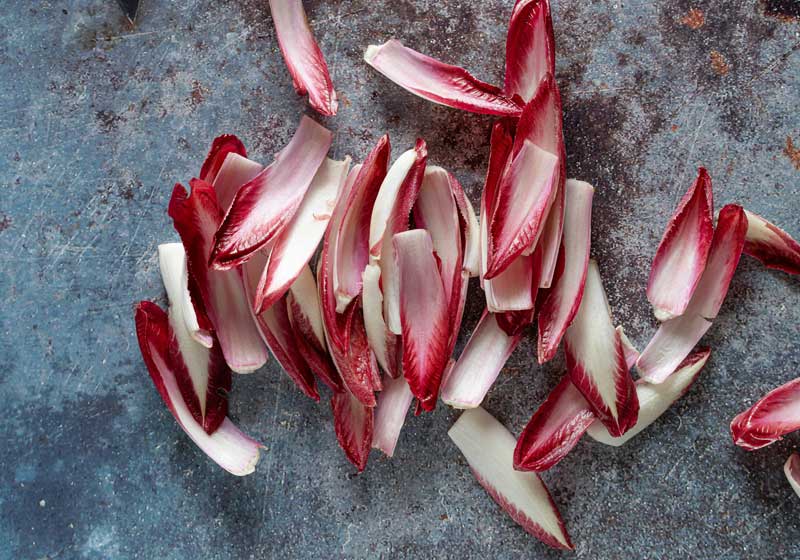
In Australia’s cooler months, bitter greens flourish. Grown in regions such as Victoria’s Mornington Peninsula, Tasmania and the Southern Highlands of New South Wales, these greens thrive in well-drained soils and brisk weather, developing more complex flavours as temperatures dip.
The cold helps concentrate the bitter compounds (like glucosinolates and sesquiterpene lactones), giving the leaves their signature edge. However, it’s not just about flavour - these compounds also contribute to the plant’s natural defences and are believed to offer digestive and anti-inflammatory benefits for humans.
Radicchio:
With its vibrant crimson and white leaves, radicchio is a favourite among Chefs for both its visual impact and sharp, wine-like tang. Grill it to mellow its bitterness and reveal its sweetness, or finely slice it raw into salads for a burst of colour and crunch.
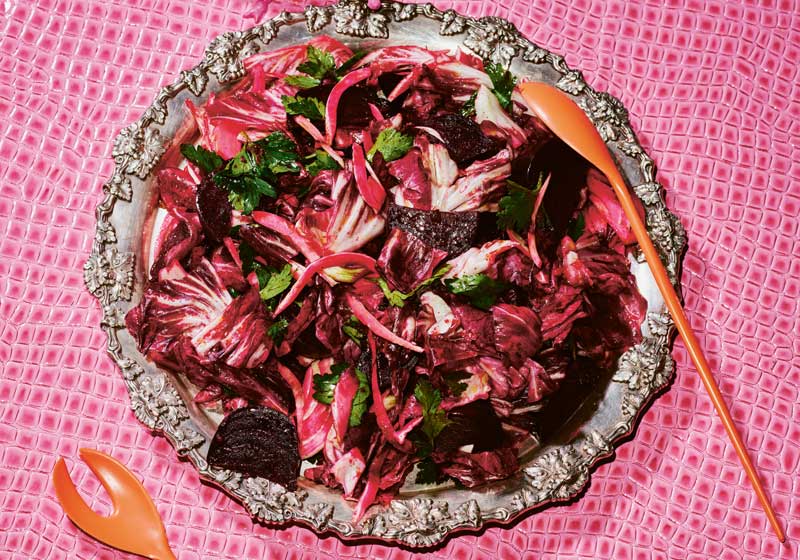
This visually appealing and tasty radicchio and beetroot salad is a fantastic addition to a large family spread.
Endive:
Often confused with chicory, endive has tightly curled leaves and a clean, peppery bite. It pairs beautifully with citrus segments, blue cheese, or candied nuts in elegant appetisers and entrees.
Rocket:
Now a staple in many Australian cafes and home gardens, rocket delivers a familiar mustard-like kick. Its versatility allows it to shine in everything from breakfast bruschetta to savoury tarts and risottos. When young and tender, it adds a subtle zing; when more mature, the leaves take on a bolder, spicier profile.
Searching for a refreshing main? You can’t go past these lamb cutlets with mint and rocket. Quick to prep, nourishing and delicious, you’ve got yourself a winner.

Then there are the more rustic greens like dandelion, mustard and turnip tops, often found at farmers’ markets or grown by backyard enthusiasts. These require a bit more finesse in the kitchen - blanching or sautéing helps tame their bitterness - but reward the cook with intensely flavourful results.
In Italian and Greek kitchens, bitter greens are gently wilted with garlic, olive oil and lemon, often served as a counterbalance to grilled meats or rich braises.
Bitter greens also bring a nutritional punch. High in fibre, antioxidants and essential vitamins such as A, C and K, they support liver function, digestion and detoxification. In fact, many traditional cultures incorporate bitter greens into the diet specifically for these medicinal qualities.
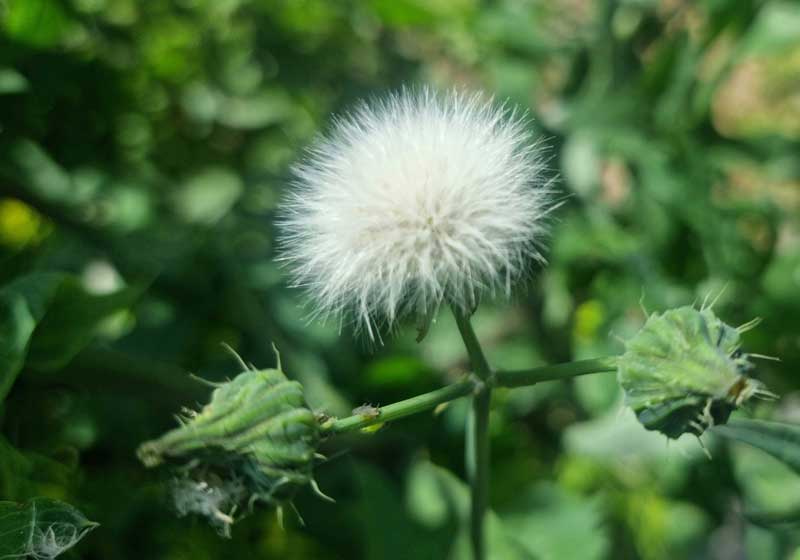
Herbalists in Australia often recommend dandelion leaves as part of Spring cleanses and indigenous food knowledge recognises the cleansing and healing properties of native greens.
To make the most of bitter greens, balance is key. Pair them with fats - think olive oil, nuts, cheese or avocado - to smooth the sharpness, or with sweet and acidic elements like balsamic glaze, fresh berries or citrus to brighten the overall flavour.
In hearty Winter salads, alongside slow-cooked meat, or stirred through pasta and grains, these greens bring contrast, complexity and freshness.
As Australians continue to embrace diverse culinary traditions and sustainable eating, bitter greens are finding a proud place on plates across the country.
Whether wild-foraged or organically farmed, these humble leaves are a celebration of bold flavours and the beauty of seasonal, local produce.


